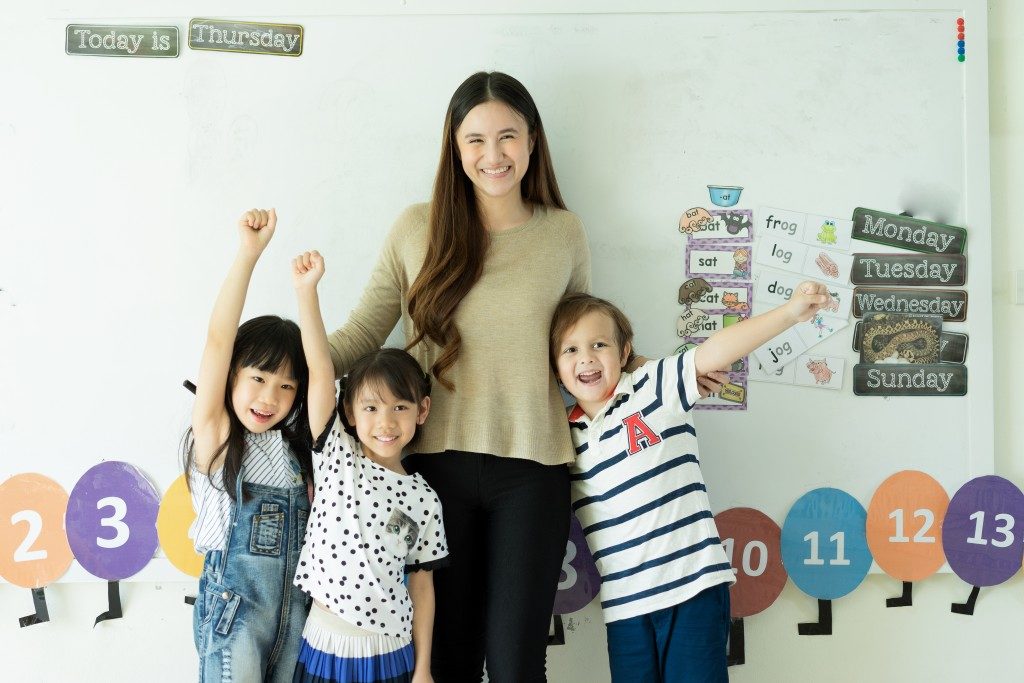Lesley is playing with her hair. Mark is staring out the window. Bryant is punching the arm of the poor guy beside him. It’s only 10 AM, but you already have a headache.
This is a common scenario for primary school teachers. Since you’re teaching kids with short attention spans, you have to fill your arsenal with a lot of engagement tricks. There are a lot of ways to keep your class engaged, and here are some tips:
Start with identifying the types of learners in your class
There are seven main types of learners, and you’ll have to use different engagement methods for each. The main types of learners are:
1. Auditory and musical learners
2. Visual and spatial learners
3. Verbal learners
4. Logical and mathematical learners
5. Physical or kinaesthetic learners
6. Social and interpersonal learners
7. Solitary and intrapersonal learners
The difference in how each type of learner process information is crucial. For example, an auditory learner is most engaged with music and speakers with expressive and interesting tones. A physical learner needs to physically hold materials and work with them in order to fully understand a concept.
Once you identify the kinds of learners present in your class, find ways to incorporate suitable engagement styles in each of your coursework.
Spice things up with games

Some teachers are still on the fence about using games in the classroom, but studies after studies show that game-based learning is highly effective when done right.
For example, Aryah Fradkin is a history teacher who wanted to know if using games can enhance his students’ learning experience. He enlisted the help of the researchers of the Vanderbilt University’s Peabody College of Education and Human Development.
With a cohort of 13 eighth-grade teachers and 1,000 students, they set out to investigate. For three weeks, each teacher had to teach Jacksonian Democracy to two classes. One class became the control or “regular instruction” group, and the other one became the experimental or “games” group which played games in the classroom 50% of the time.
The results were astounding. The students of the games group showed improvements in their recall, comprehension, ability to apply learning objectives to real-world scenarios, and overall enthusiasm and classroom engagement.
What challenging lessons do you think can be taught better using games?
Change the sitting arrangement if possible
Rearranging school furniture such as chairs has been found by studies to have impacts on student learning. For example, a 1999 study by Marx, Fuhrer, and Hartig in Germany tried to understand whether different seating arrangements had impacts on the frequency and number of students asking questions.
The study tested two seating arrangements in 53 German and maths lessons for eight weeks: traditional rows and columns and a semicircle. They found that question-asking was more frequent in classes with the semicircular arrangement than those with the row-and-column arrangement.
Keeping primary school students engaged in class is challenging for all teachers. With the right combination of techniques and consistency, it’s definitely possible.



